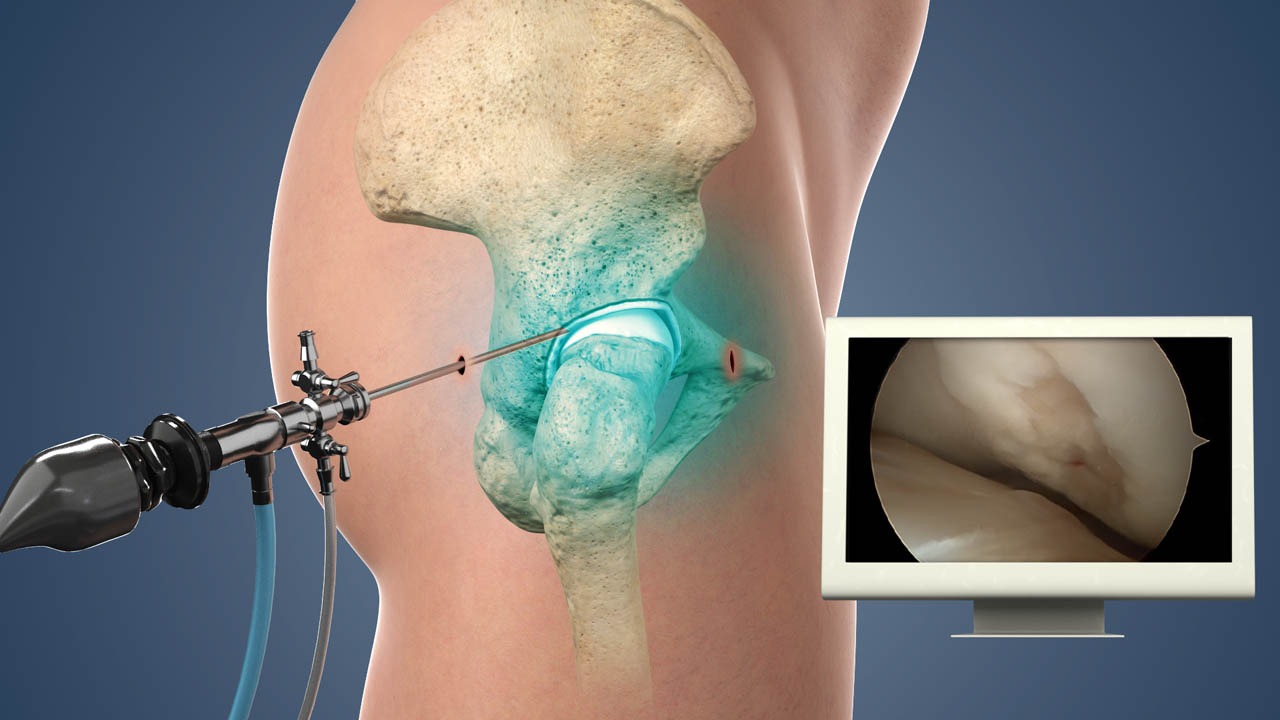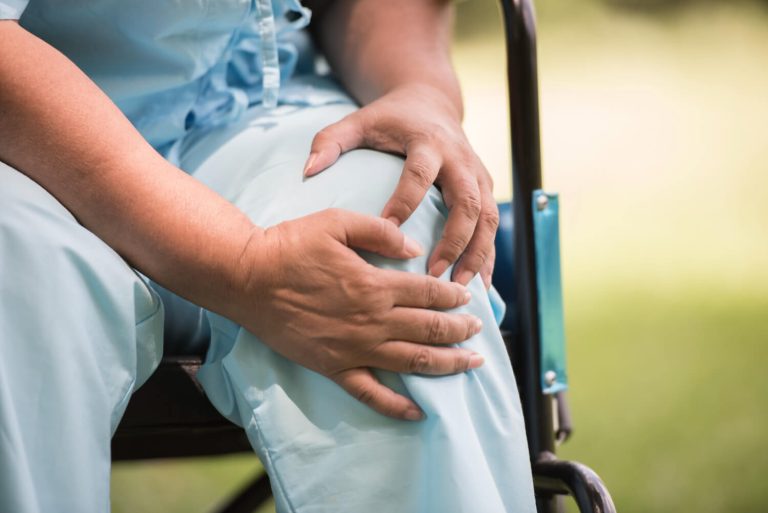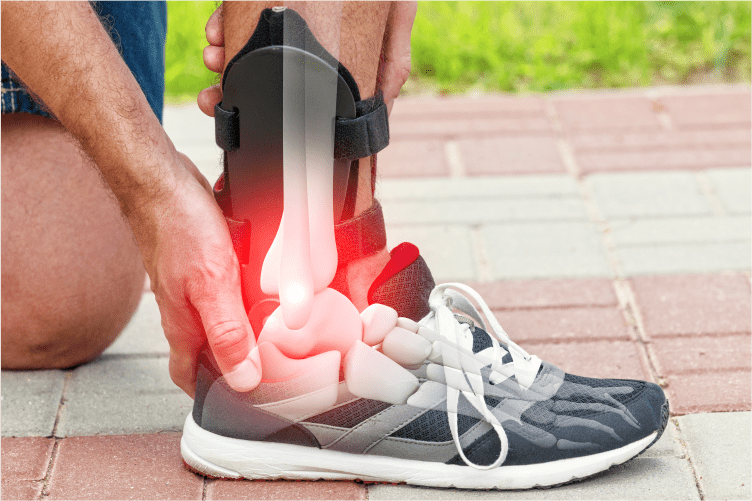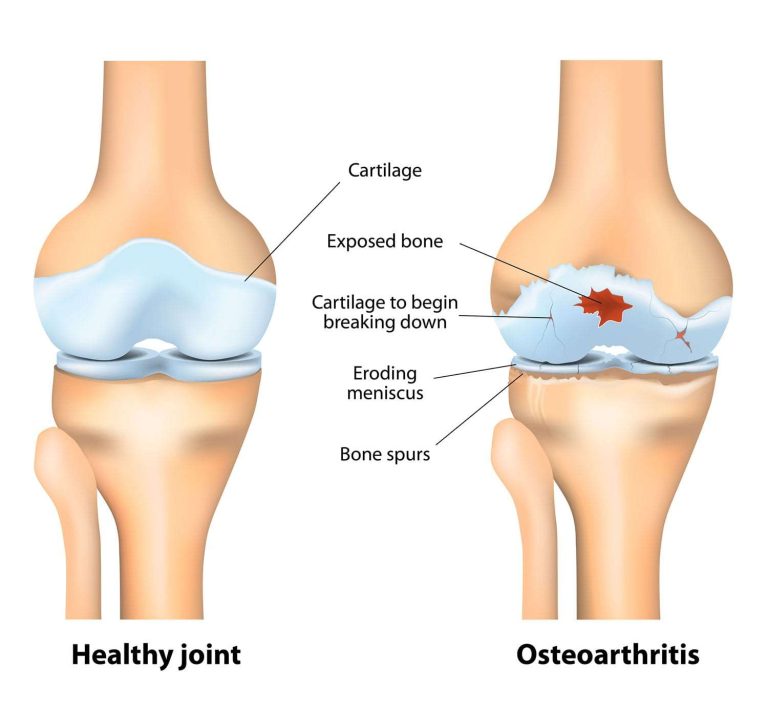Did you know that arthroscopic surgery allows surgeons to examine, diagnose, and treat joint problems without making large incisions? If you’re planning to undergo arthroscopy, it’s essential to understand exactly what this procedure involves and what to expect before, during, and after the surgery.
By the end of this blog, you will have all the essential information about arthroscopic surgery, including the procedure, recovery, and aftercare tips, so you feel well-prepared for your journey to healthier joints.
Whether it’s knowing what arthroscopy involves or how to heal after surgery, you’ll know everything and if you’re looking for expert care, DR.GK JOINT AND BONE CENTRE– best clinic for arthroscopic surgery in South Bangalore is the perfect place for your visit.
KNOWING MORE ABOUT ARTHROSCOPIC SURGERY-
Arthroscopic surgery, often called minimally invasive surgery, involves using a small camera called an arthroscope to examine and treat joint problems. Unlike traditional open surgery, it requires only small incisions, which means less pain, faster healing, and minimal scarring. Commonly performed on knees, shoulders, hips, and wrists, this technique allows surgeons to repair torn ligaments, remove damaged cartilage, or even perform joint reconstructions with precision.
The beauty of arthroscopy lies in its precision and minimal disruption to surrounding tissues, making it a preferred choice for patients who want quicker recovery times and fewer complications.
FOR WHAT IS ARTHROSCOPIC SURGERY NEEDED?
Arthroscopic surgery is not just for professional athletes but it’s for anyone experiencing persistent joint pain, swelling, stiffness, or restricted movement that doesn’t improve with conservative treatments like physiotherapy, medication, or rest.
Here are some common conditions treated with arthroscopy:
- Knee Problems: Torn meniscus, ACL injuries, cartilage damage, or chronic knee pain. Knee arthroscopy is one of the most frequently performed procedures because knees are prone to injuries and wear over time.
- Shoulder Issues: Rotator cuff tears, shoulder impingement, labral injuries, or frozen shoulder. Shoulder arthroscopy helps restore mobility and reduce pain without making a large incision.
- Hip Concerns: Labral tears, femoroacetabular impingement, and other structural problems can be treated to improve joint function and reduce discomfort.
- Wrist, Elbow, or Ankle: Chronic pain, tendon tears, inflammation, or joint injuries can all be addressed arthroscopically, allowing patients to return to normal activities faster.
TYPES OF ARTHROSCOPIC SURGERY-
Arthroscopic surgery is versatile, and the type performed depends on the joint problem and the goal of treatment. Here’s a detailed breakdown:
1. Diagnostic Arthroscopy-
Purpose: To identify the exact cause of joint pain or damage when imaging tests (like X-rays or MRI) are inconclusive.
Process: A small camera (arthroscope) is inserted into the joint, giving the surgeon a clear view to make accurate diagnoses.
2. Therapeutic Arthroscopy:
Purpose: To treat existing joint issues during the same procedure.
Examples:
-Removing or trimming torn cartilage or meniscus
-Smoothing rough joint surfaces
-Removing loose fragments of bone or tissue
Benefit: Patients get diagnosis and treatment in one minimally invasive procedure, reducing recovery time.
3. Reconstructive Arthroscopy:
Purpose: To restore joint function after severe injuries or degeneration.
Examples:
-ACL (Anterior Cruciate Ligament) reconstruction in knees
-Rotator cuff repair in shoulders
Advantage: Less tissue damage, smaller scars, and a faster return to regular activities compared to open reconstruction surgery.
WHAT TO EXPECT FROM THE SURGERY?
Here’s what a patient typically experiences:
- Before Surgery: Preoperative tests, discussion about anesthesia, and guidelines for fasting.
- During Surgery: Usually performed under regional or general anesthesia, the surgeon inserts the arthroscope through small incisions. The procedure generally lasts between 30 minutes to 2 hours, depending on complexity.
- After Surgery: Mild pain, swelling, and stiffness are common. Your doctor may prescribe pain relievers and advise rest along with gentle exercises.
Most patients can go home the same day and resume daily activities within a few days, with full recovery in a few weeks depending on the type of repair.
HOW TO HEAL AFTER THE SURGERY?
Recovery from arthroscopy requires careful attention:
- Rest: Give your joint sufficient time to heal. Avoid strenuous activity initially.
- Physiotherapy: Essential for regaining strength, flexibility, and range of motion.
- Pain Management: Use prescribed medications and ice packs to reduce swelling and discomfort.
- Follow-up Visits: Regular check-ups help monitor healing and prevent complications.
DO’S AND DON’T’S AFTER THE SURGERY-
| DO’s | DONT’s |
| Follow your doctor’s instructions | Ignore pain or swelling |
| Attend all physiotherapy sessions | Resume heavy physical activity too soon |
| Keep surgical area clean and dry | Skip follow-up appointments |
| Apply ice packs to reduce swelling | Take medications without prescription |
| Eat a nutritious diet to heal faster | Neglect signs of infection |
FAQs-
1. Is arthroscopic surgery painful?
–Most patients experience mild discomfort, which is manageable with prescribed pain relief. The small incisions make it less painful than open surgery.
2. How long is the recovery from arthroscopy?
–Recovery depends on the type of procedure and joint involved.
3. Is it advisable to drive after arthroscopy?
–Driving is usually not recommended until you regain full mobility and are no longer taking strong pain medications.
4. Are there risks with arthroscopic surgery?
–Risks are minimal but can include infection, blood clots, or stiffness.
CONCLUSION-
Arthroscopic surgery is a minimally invasive, effective, and safe option for diagnosing and treating joint issues. With smaller incisions, faster recovery, and fewer complications, it has become a preferred choice for patients seeking relief from joint pain and improved mobility.
When it comes to expert care, DR.GK JOINT AND BONE CENTRE– best clinic for ORTHOPEDICS surgery near Jayanagar, Bangalore, stands out. With experienced surgeons, state-of-the-art facilities, and a patient-first approach, we provide treatments for trauma care, ligament injury care, fracture care, advanced joint care, and many more. Book your consultation now!




